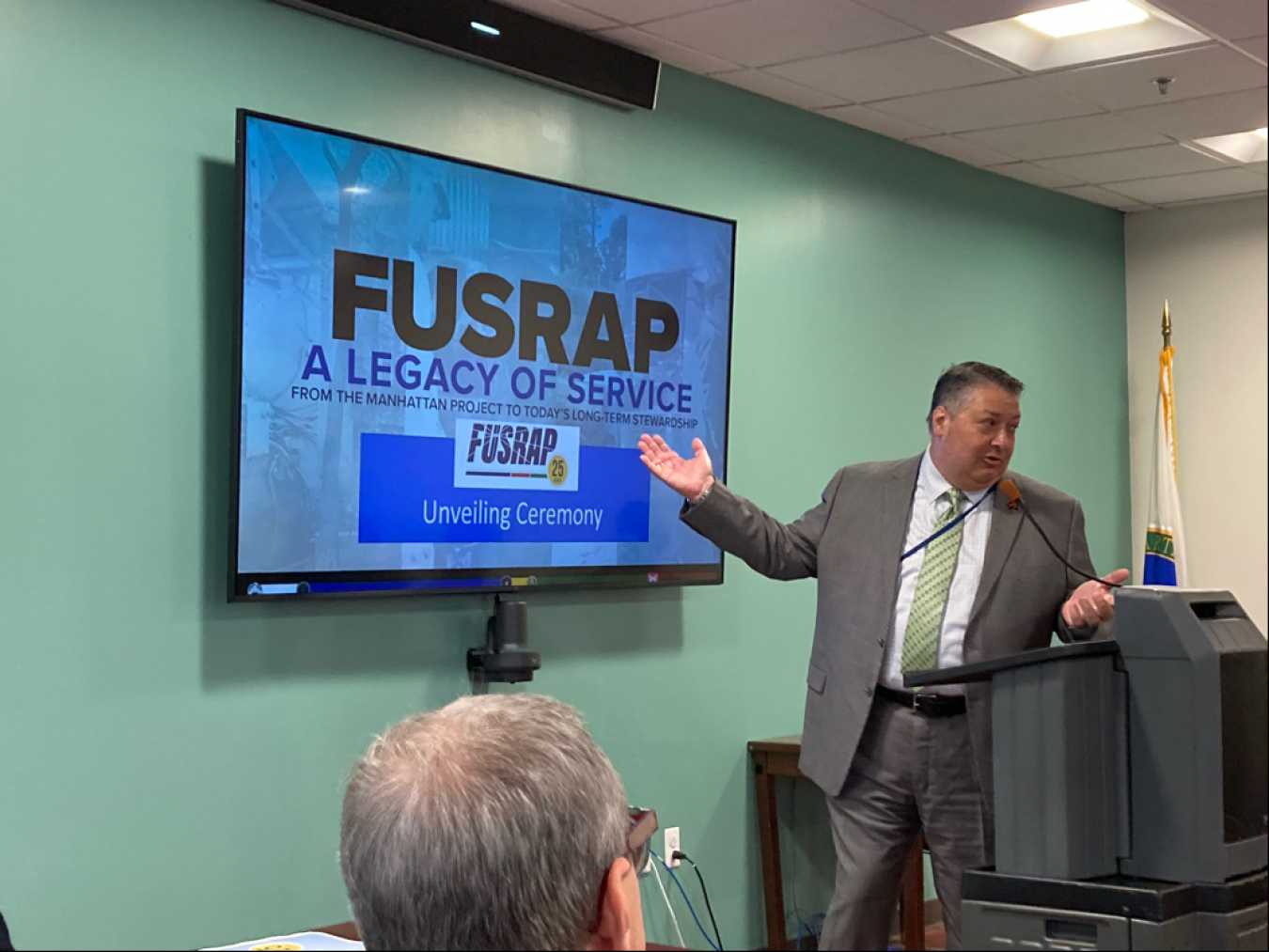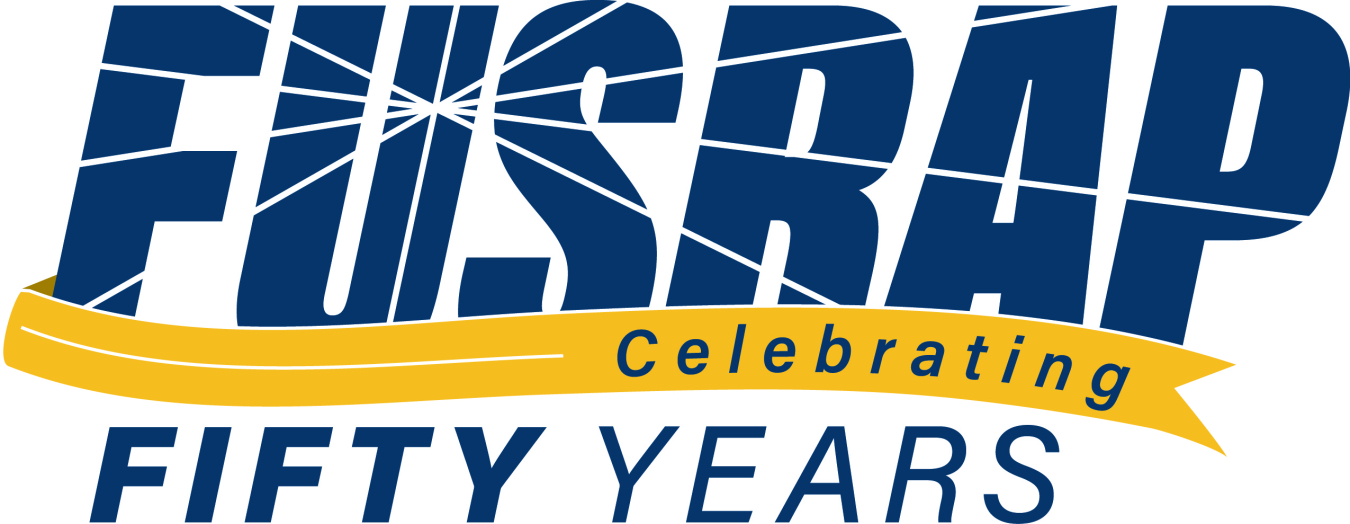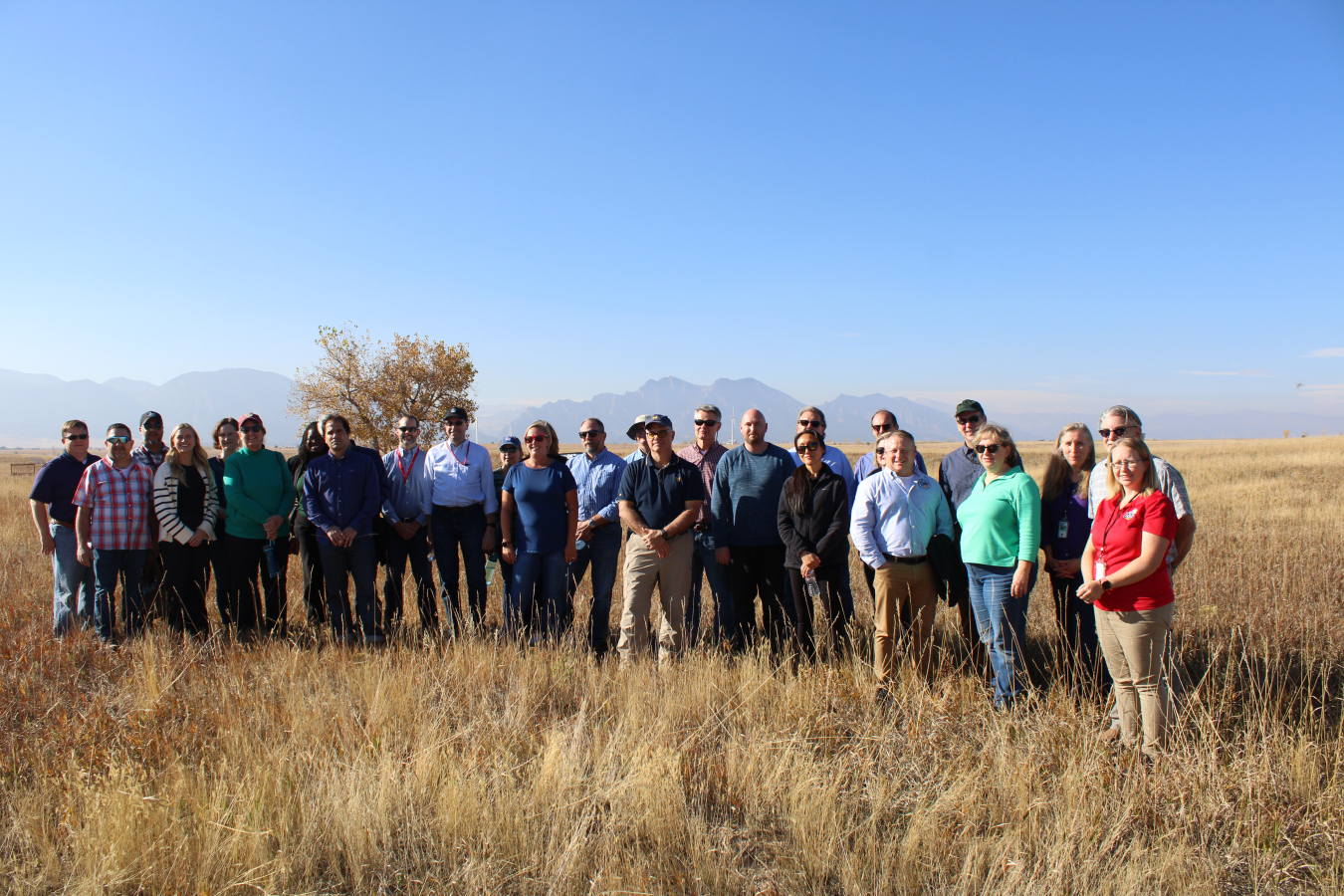Formerly Utilized Sites Remedial Action Program created in June 1974 to address contamination at former nuclear sites
June 4, 2024
On June 4, 2024, the Formerly Utilized Sites Remedial Action Program (FUSRAP) celebrates its 50th year. The U.S. Atomic Energy Commission (AEC) established FUSRAP in 1974 to identify, investigate, clean up, and control sites across the United States that were contaminated during World War II and the Cold War. The U.S. Army Corps of Engineers (USACE) joined the program 27 years ago, when Congress transferred administration and implementation of FUSRAP cleanups from the U.S. Department of Energy (DOE) to USACE in October 1997.

Over the course of the last half century, FUSRAP has been a dynamic and evolving program. FUSRAP grew out of the AEC initiative to identify formerly utilized sites that might not meet contemporary cleanup standards. AEC and descendent agencies, including DOE, conducted exhaustive research, reviewing more than 600 sites for FUSRAP cleanup eligibility. While there were cleanup standards for equipment and building surfaces at the time these sites were used, there were no cleanup standards for soil until the 1970s.

DOE formed a working group to address this issue and separated the cleanup responsibilities of FUSRAP into a separate division in 1979. In 1988, as a member of that working group, Argonne National Laboratory developed the RESRAD code to analyze potential human and biota radiation exposures from the environmental contamination of RESidual RADioactive materials.
While FUSRAP began with surveys identifying potentially contaminated sites, the program has expanded to include cleaning up contaminated sites and performing long-term stewardship of completed sites. In 2003, DOE assigned its FUSRAP obligations to the newly established Office of Legacy Management (LM) to fulfill the Department’s responsibilities and ensure the future protection of human health and the environment. Today, under FUSRAP, USACE performs active remediation of sites before transferring them to LM for ongoing oversight.
LM’s long-term stewardship duties at FUSRAP sites include managing site records and responding to stakeholder inquiries. Many sites have been released for unrestricted use by private owners or public entities for beneficial reuse.
There are currently 35 completed FUSRAP sites under LM’s long-term stewardship and 20 active sites being remediated by USACE for a total of 55 sites.

